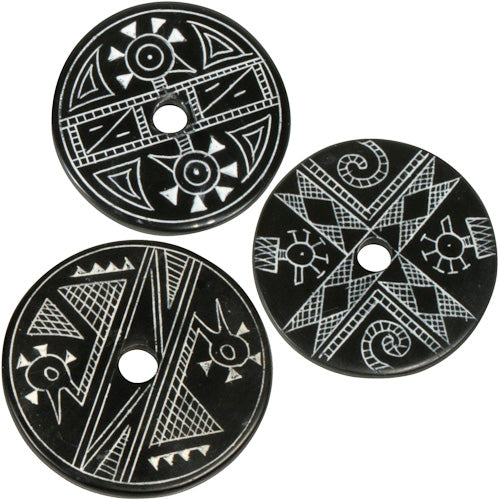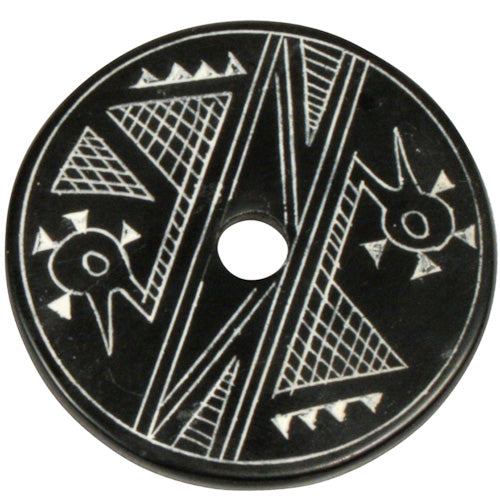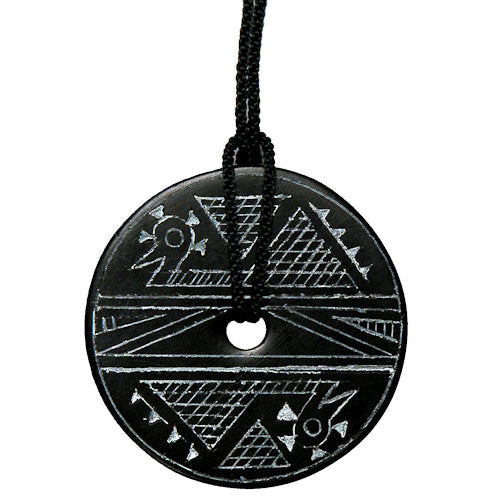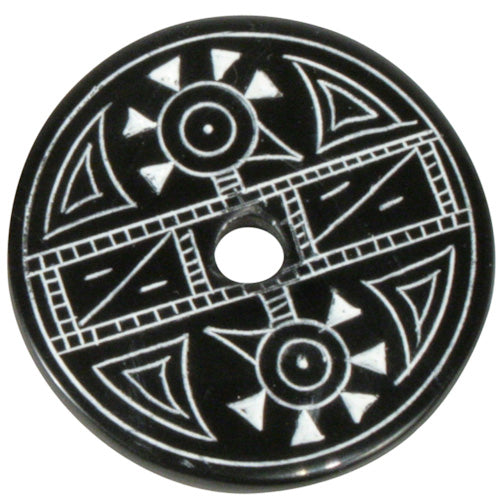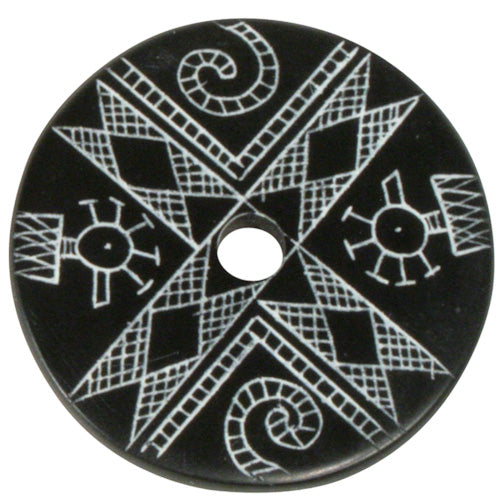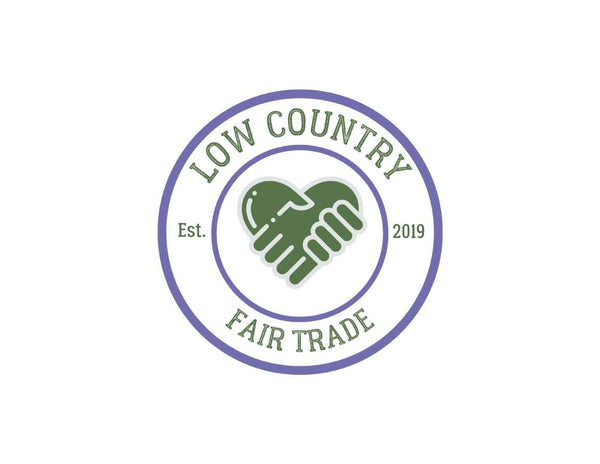OWP
Coal Pendant w/ Duck Design
Coal Pendant w/ Duck Design
Couldn't load pickup availability
Coal, an unexciting derivative of carbon found deep in the earth, has been carefully hand-carved and polished into these classic round pendants with abstract duck etchings. Commonly used for fuel, this black sedimentary rock makes a unique piece to add to your jewelry collection or give as a gift to that special someone in your life.
Handmade by young artisans from the Morca Coal Project in Colombia through an effort initiated by the Colombian government to discourage child labor and train young men in new professions.
- Measures 1-3/4” diameter and 1/8” thick
- Suspended on a 36” black cord
Handmade in Colombia and fair trade imported.
Colombia
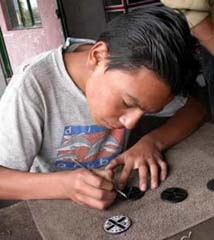
The community of Morca, a mountainous area in the town of Sogamoso, Colombia depends heavily on coal mining to sustain its livelihoods. Casualties and deaths are common in these mines, either due to mining-collapses or the inhalation of poisonous gases. In 1995, the Colombian government established the Morca-Boyaca workshop to keep young men and boys out of the hazardous mines. The boys from the area were encouraged to attend school and learn the craft of carving coal into beautiful pieces of jewelry.
Excessive and long-term mining in this small town of Morca has made farming impossible, leaving the local residents with coal mines as the only source of employment. Men and boys responsible for supporting large families are often the victims of these unforgiving mines and unsafe working conditions. The Morca – Boyaca project aims at being able to eradicate child labor in the mines and provide these young boys with a better and healthier source of living.
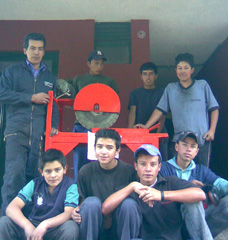
The Colombian government, therefore, has been building networks with several marketing agencies and importers of handicrafts to boost the market for the coal jewelry. The Morca – Boyaca project is one such example of alliances that relies on One World Projects in the U.S. and the National Pedagogical University in Bogota to help expand the project and find suitable and more stable markets.
Share
About the Artisans
About the Artisans
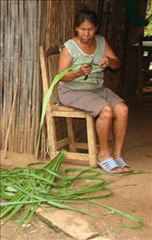 Joyeria Semilla meaning Seed Jewelry is a small fair-trade workshop in the Andean town of Villa de Leyva, Colombia. Girasol Taborda, a local artisan and social entrepreneur, started the workshop in the mid-1990s.
Joyeria Semilla meaning Seed Jewelry is a small fair-trade workshop in the Andean town of Villa de Leyva, Colombia. Girasol Taborda, a local artisan and social entrepreneur, started the workshop in the mid-1990s.
Joyeria Semilla’s objective is three-folds; to create new jobs, revive Colombia's handicrafts sector and to motivate locals to better manage their natural resources. The organization works primarily with socially and economically disadvantaged youths, single mothers and people with disabilities in the area. The company offers free training in product design, technical training and marketing to new members. Joyeria Semilla has trained them in the craft of jewelry-making.
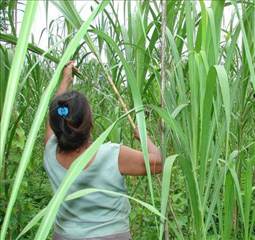
Caña Flecha or “Gynerium Sagittatum” is a locally found palm tree in the regions of the Caribbean coast. The leaves from this plant are used for making jewelry, woven hats, bags and baskets. The Zenú Indians were and their descendants inherited the tradition of picking veins of the green palm leaf for weaving. These veins were made into woven hats and other products for their personal use.
The Zenú culture is said to have existed between 200BC to1600AD. With the arrival of the colonizers in the 16th century, the indigenous community declined of unknown reasons. Today a very small population remains that claims the inheritance of the almost extinct Zenú tribe. Known for their skills in the construction of major waterworks, canals and irrigation system along with being skilled goldsmiths, examples of their accomplished craftsmanship are found in various museums around the world. Their larger means of subsistence were hunting, farming, fishing and trading.
Caña Flecha is found in abundance in the region, and hence makes for a sustainable and naturally available raw material for these products. Every bit of the plant is utilized – from using in building walls and roofs in houses to food for cattle and medicinal purposes. It is from the central vein of the leaf that the fibers for weaving are obtained. After the hard surface is peeled off, the fibers are left in the sun to dry and undergo a natural tinting process; these fibers are barely about 1 millimeter in thickness and hence call for a lot of skill and patience to weave with. The dried fibers are then processed for natural coloration - some are boiled with lemon to whiten them and some are treated with mud and boiled with plantain leaves to blacken them. The designs are based on ancient motifs and mathematical representations, which are inspired by the early Zenú culture.
